J Balvin takes on the art world
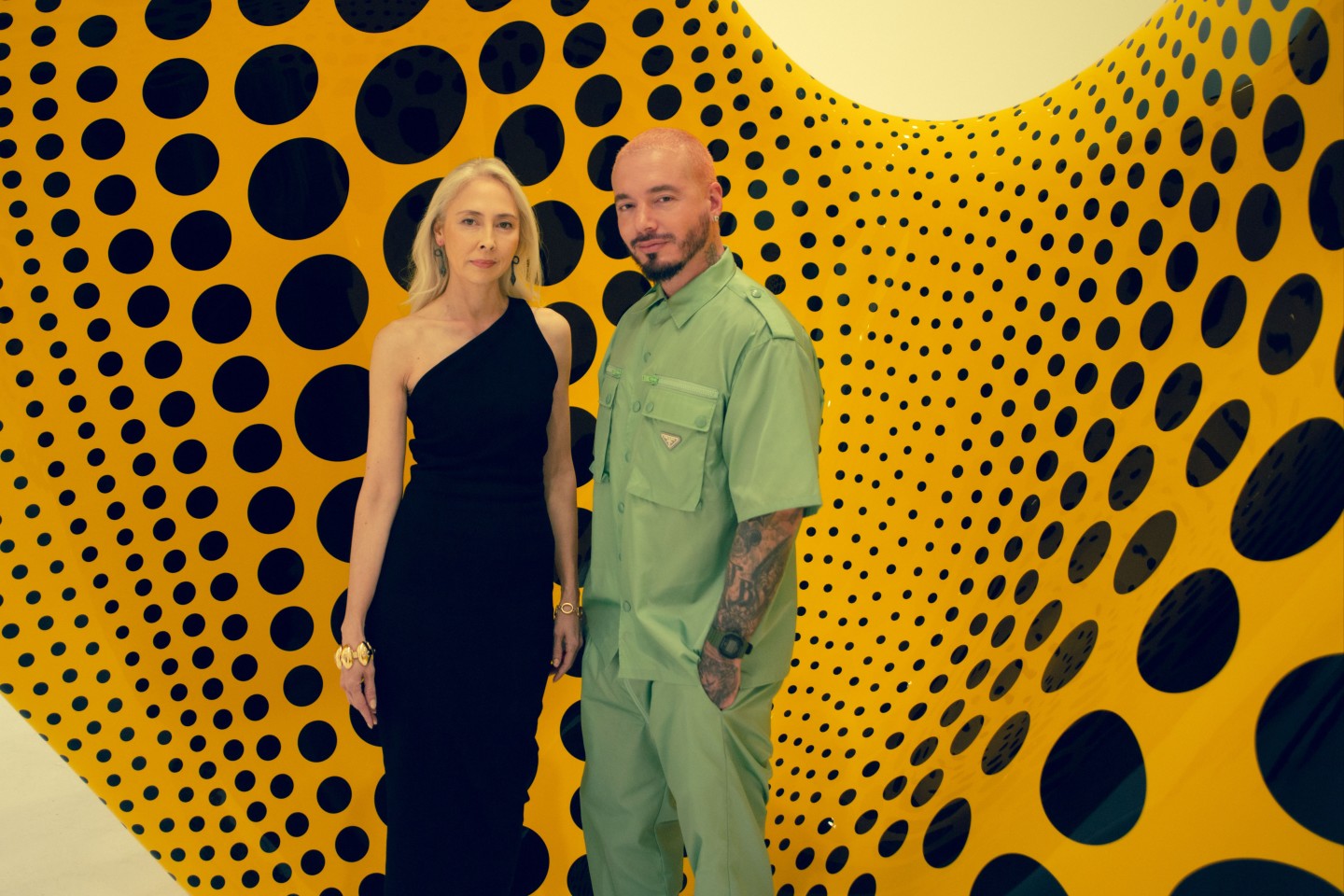
Roula Khalaf, Editor of the FT, selects her favourite stories in this weekly newsletter.
Young people in school might have a perception that art is kind of boring. That’s the view I had when I was a kid: that it was too serious and you had to have a certain kind of taste to understand it,” says José Balvin, aka J Balvin, the Latin reggaeton superstar who ranks among the world’s most streamed artists on Spotify. “My vision is to let people know that it’s just art. You don’t have to understand it, you just have to go see it and feel it.”
Fresh off a 3am flight from Puerto Rico, the 38-year-old singer-songwriter and record producer is sitting in his New York City home being prepped by his hairdresser among the swirl of pre-shoot bustle for his new music video Click Click Flash. He’s pumped for the shoot but is just as eager to discuss an entirely different set of videos that is being released this autumn – a bilingual guide to art that he’s presenting for the Hirshhorn Museum and Sculpture Garden in Washington, DC, that is a collaboration with his close friend, Hirshhorn director Melissa Chiu.
Australian-born Chiu, 51, named the singer, known for hits such as “In Da Getto” with Skrillex (2021), “La Canción” written with Bad Bunny (2019) and “Mi Gente” with Willy William (2017), as the museum’s first-ever cultural ambassador in November of last year. “Our whole mission is to provide free access to art. The idea is that we should meet people where they are, and if folks prefer to learn about art in Spanish, then we should provide that,” says Chiu, a writer and curator who joined the Hirshhorn in 2014. As director, she’s made the museum both radically au courant and welcoming, recently judging MTV’s The Exhibit: Finding the Next Great Artist, a reality-style competition filmed at the museum, where seven artists vie for the prize of $100,000 and their own Hirshhorn show.
Balvin and Chiu’s friendship was forged around Yoko Ono’s installation Wish Tree, an interactive sculpture in the Hirshhorn’s garden, where visitors fasten white paper tags with their personal wishes onto the branches of a Kousa Dogwood tree. Each spring, an artist hangs the first tag for the season, but in April 2021 restrictions around Covid-19 meant the museum remained closed. “José and I have a mutual friend on the museum board, the Colombian film and TV producer Isaac Lee [a Hirshhorn trustee who is the chief executive of Exile, a company promoting Spanish-language content and media companies]. We thought, ‘Let’s see if José would like to make the first wish virtually on Instagram?’” Chiu explains. With Ono’s permission, people were encouraged to share their hashtagged hopes for the future.
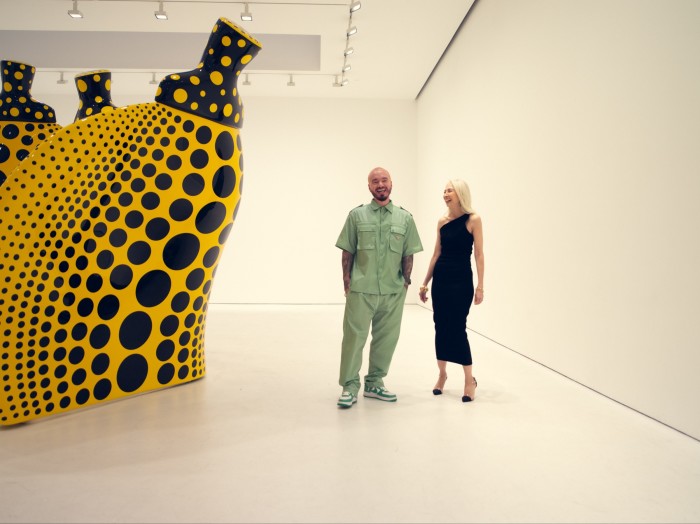
“It was beautiful to introduce my followers, who may not have known about art, to this world – and to the Hirshhorn. It was a way to give hope and share love at a moment when people really wanted this positive vibe,” says Balvin, who was born and raised in Medellín, Colombia, and broke into the mainstream as an artist in 2014 with the single “6 AM”, subsequently winning numerous plaudits including five Latin Grammy awards. Along the way, the superstar has openly shared his journey with anxiety and depression in an effort to destigmatise mental illness among Latinx and Gen Z youth. His message on Ono’s Wish Tree read: “I wish mental health for everyone, love and dreams” in both English and Spanish.
The artist has also put words into action to raise awareness of the issue, in 2022 launching Oye: a bilingual wellness app aimed at teaching everyone, particularly young people, to direct difficult emotions towards creative action. “I think being open to talking about it gives relief to a lot of kids that follow me – and to people who might be scared to talk about mental health,” he says.
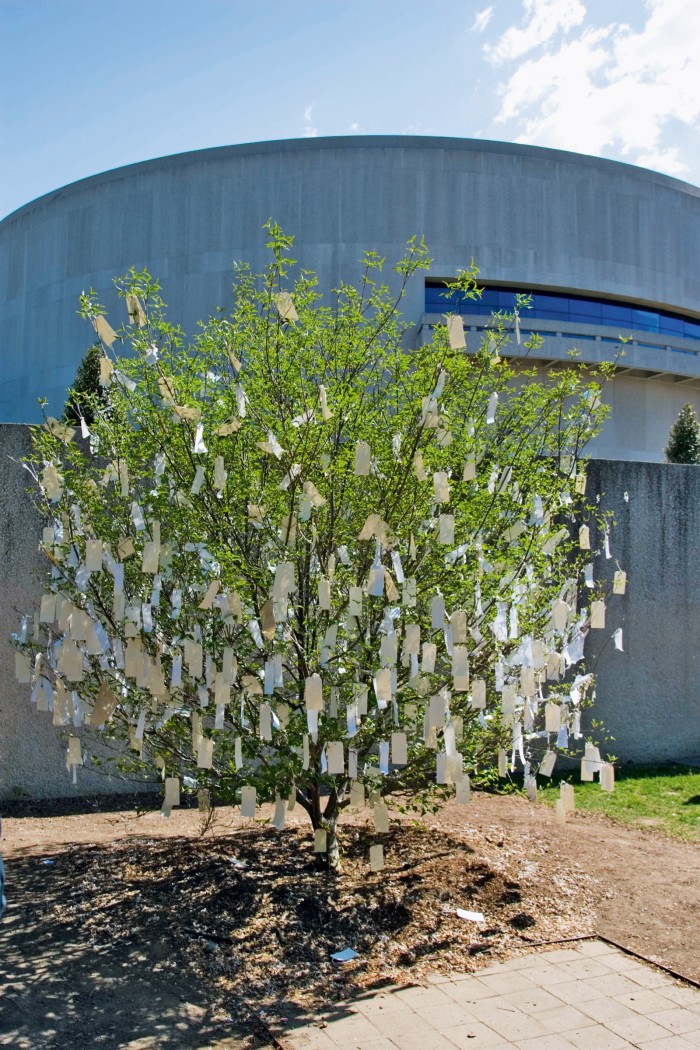
Balvin and Chiu finally met in person at the Hirshhorn post-pandemic, where the songwriter became captivated by the work of two contemporary artists. “Remember, José? We sat at Laurie Anderson’s long table…” Chiu recalls The Handphone Table, part of Hirshhorn’s retrospective of artist Anderson, who electronically manipulates sound to create music with visual and aural dimensions. “We both put our elbows in the grooves and put our hands on our ears, and you could hear the sound of the music that she created.”
Balvin nods: “It was mind-blowing, the way Anderson uses technology as part of her art,” he says. “But I also had the opportunity to be around Melissa and see how a museum works. It’s so beautiful the passion that she has, and how she really gets deep in the story of every artist. That’s why I love her and all the works that were there that day, because she explained every detail about what they wanted to express.”
During that visit, Yayoi Kusama’s Infinity Mirror Rooms (specifically her breakthrough work Phalli’s Field, 1965/2016, and one of her more recent pieces, My Heart is Dancing into the Universe, 2018) proved life-changing for Balvin. “It’s a whole experience. The more you start to know about Kusama and the way she sees the world and her condition, and the place where she makes her art, the happier you feel when you see it – but there’s also a lot of pain behind her work,” Balvin says of the Japanese contemporary artist, who has lived and worked from a mental health facility since the 1970s. Her myriad polkadot patterns, giant trippy gourds and triffid-esque flora embody her struggles with obsessive-compulsive disorder and hallucinations, following childhood trauma. Yet her art also reflects a jubilance of spirit.
“We had the opportunity to see her most recent exhibition in New York, where she’s building out her sculptures and pumpkin work, and another infinity mirrored room,” adds Chiu of Kusama’s gallery show at David Zwirner where the two met up again to take in her work – and take part in our photoshoot.
“What impressed me the most is that I thought they were old works of hers, right?” Balvin says, turning to Chiu. “Once Melissa told me it was brand-new, I’m like, ‘This woman is out of this world!’ Kusama is still creating and elevating her art – with a mental-health condition. She keeps expressing herself in such a magical way.”
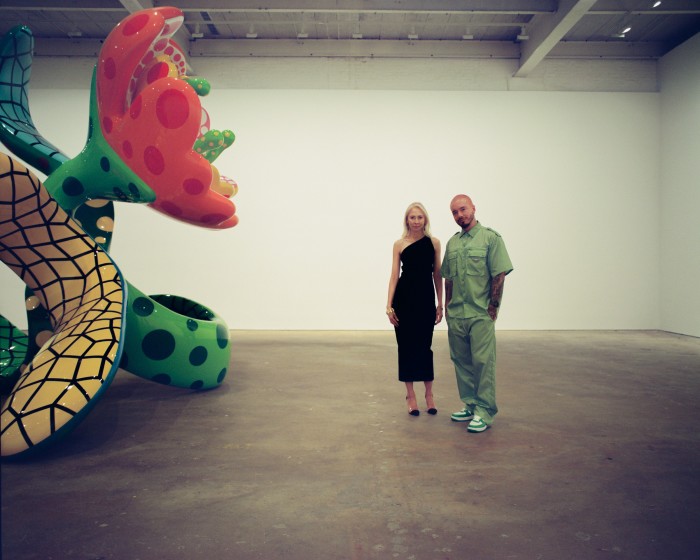
But it was the pair’s initial Kusama encounter at the Hirshhorn that inspired Chiu to ask the singer-songwriter to take on an ambassadorial role, helping the museum to reach a new, younger audience. They bonded over Greek food in a downtown DC restaurant with a party that included artist Brian Donnelly, known as KAWS (whom Balvin presented as the 2022 Hirshhorn Ball Artist Honoree in its sculpture garden – both attaching wishes to Ono’s tree), and Juan Carlos Pinzón, the former ambassador of Colombia to the United States.
“We knew he would be able to speak to our audiences in a different tone. We said, ‘Let’s have a focus on education,’” Chiu says. “And so that’s how José’s Hirshhorn Eye videos [a series of digital art guides bringing visitors face-to-face with artists] came about, which we’re releasing this fall. They really are his guide to artworks at the Hirshhorn.”
The Hirshhorn is unashamedly pro-social media, encouraging (flash-free) photos and posting of its work. Hirshhorn Eye (shortened to Hi), uses image recognition to scan artworks and streams audio by artists (including Jeff Koons, Lorna Simpson and Damien Hirst) as they reveal the stories behind the art. Balvin’s guide will be the first in the series offered in Spanish. “You point your phone at an artwork and then the video of José speaking about the work pops up,” Chiu explains.
The concept gets a thumbs-up from Balvin, whose new name for Chiu is jefa, or boss: “You have the freedom to choose what you really like. That’s what I love about the Hirshhorn. We’re telling kids to go there and just have their own experience.”
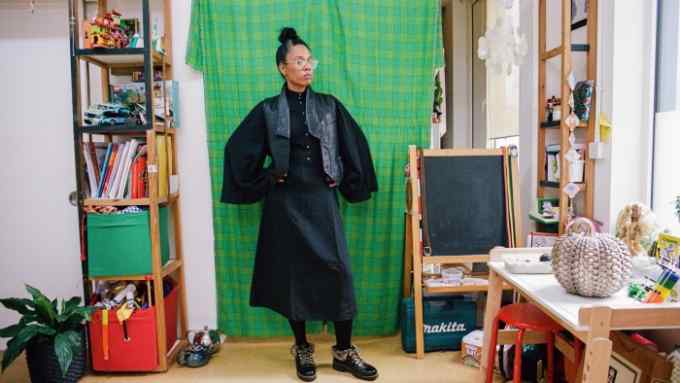
Comments